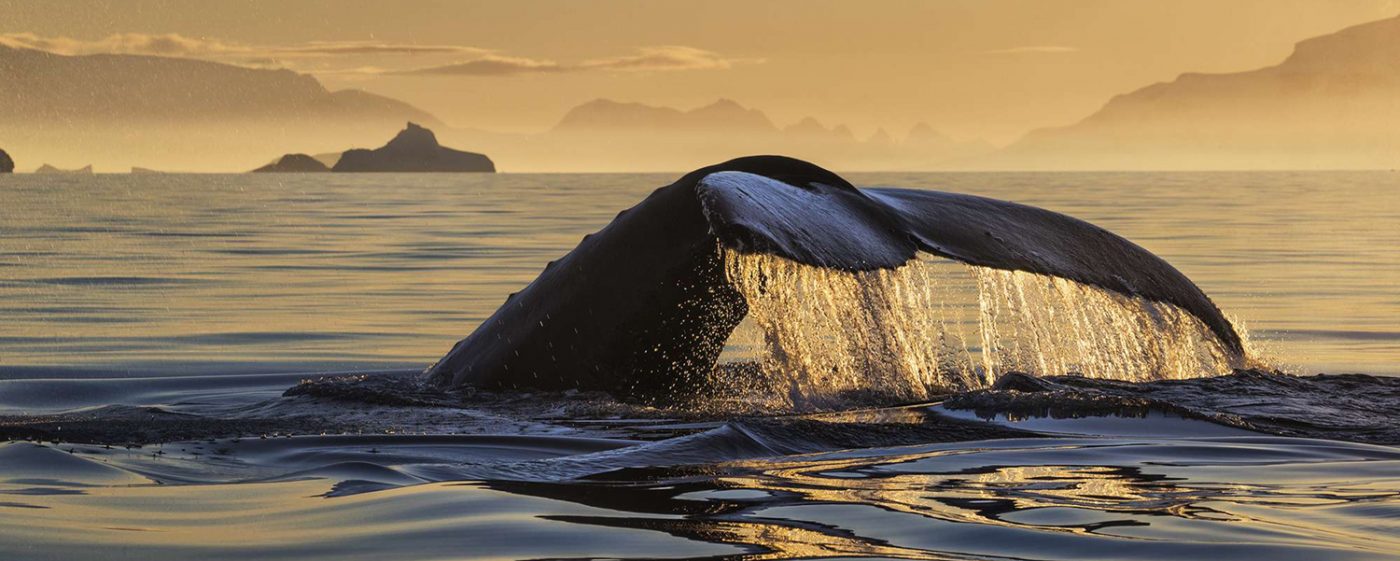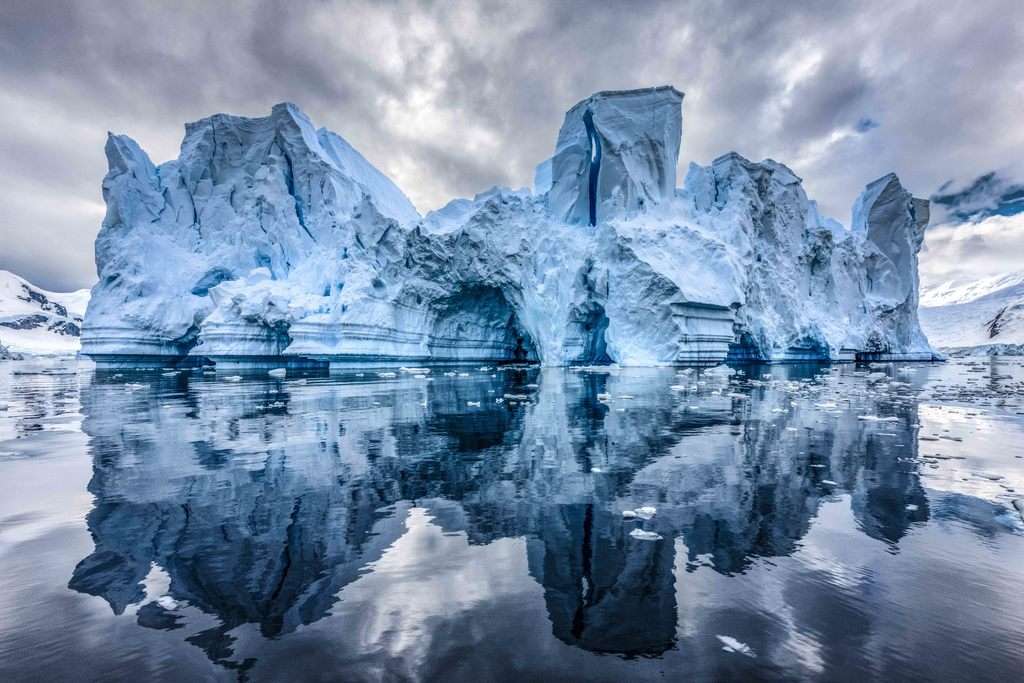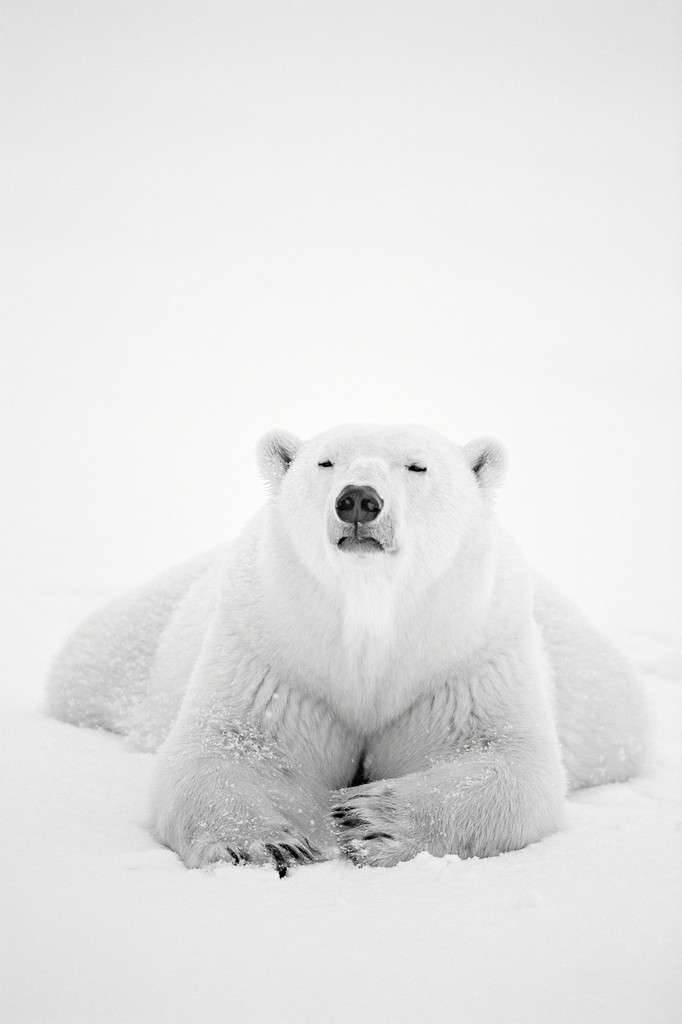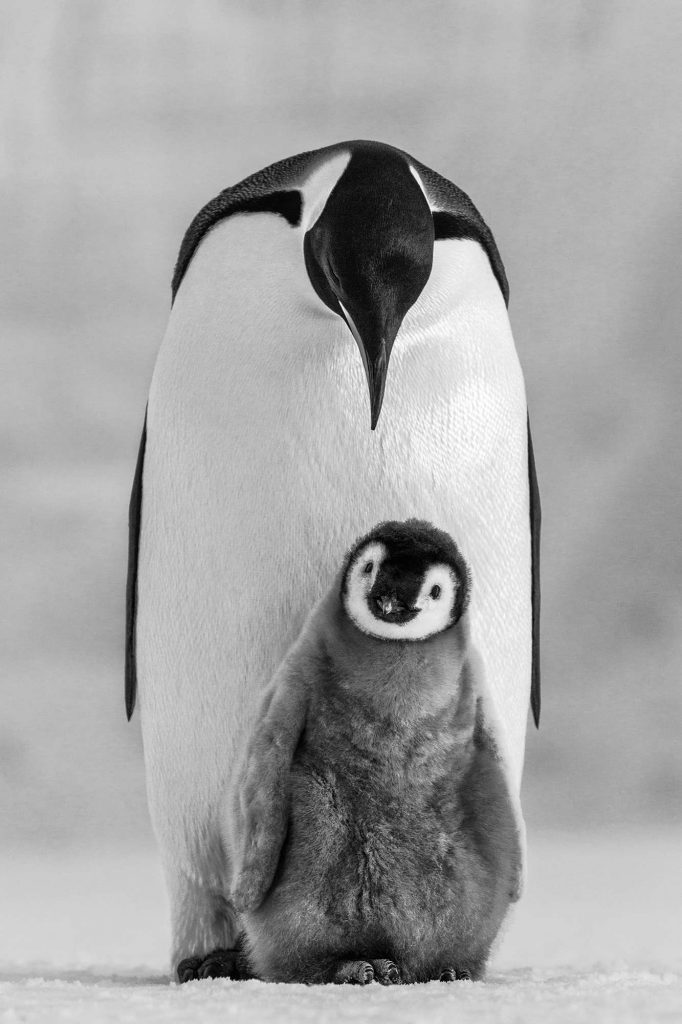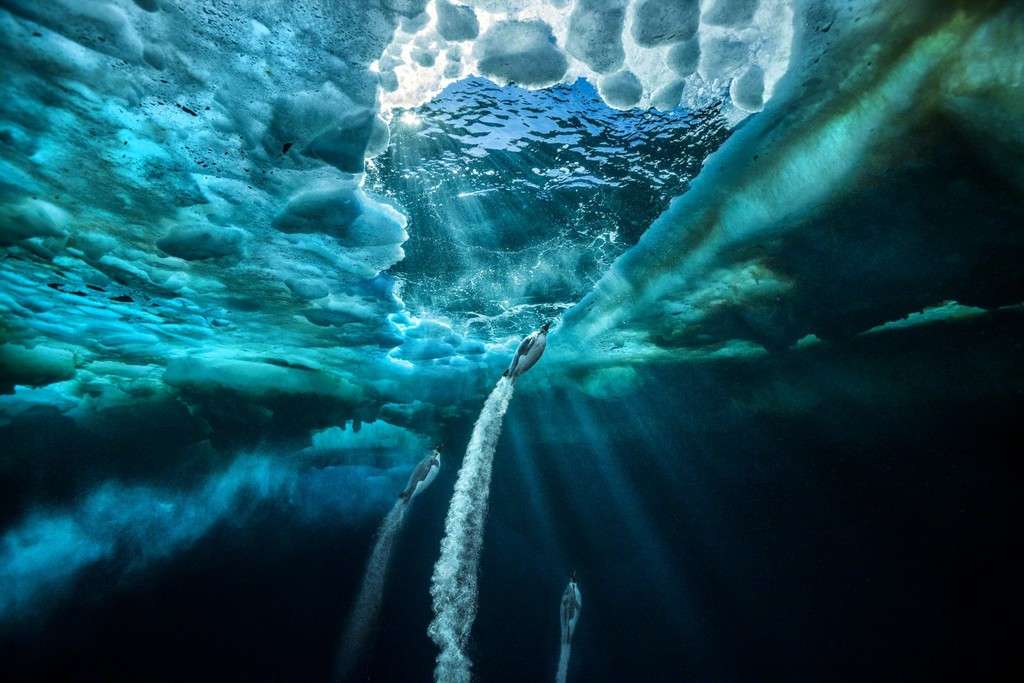When I hit my 50s I started to hate how I looked in pictures. Inside I felt 35 but on the outside, I looked a mess. Everything was changing and I had no control over it. As we were still in the midst of the pandemic, I started a self-portrait project to see if I could change how I viewed myself and ultimately, how I felt about myself.
And I loved the results! Finally, I started to recognize and appreciate the person I was becoming. Age really is just a number. Our attitude is what matters most.
I want to help other women who may be facing the same challenges. If you want to start celebrating the new you, you can get started with some of my tips found in the Posing for Pictures section. You will also find information on what a professional photo shoot would look like. When you are ready, you can contact me to set up a personalized photo shoot.
Mirror portraits of the author at 35 and 55.
In Patrick Stewart’s memoir, “Making It So”, he mentioned some advice he received from Rod Steigler on how to act for Film and Television. “You must understand, Patrick, the camera photographs thoughts”.
Meaning that, while in stage acting you show your emotions through body movement, in film, the emphasis is on what is behind your eyes. The reason why actors take great still portraits is that when a camera is pointing at them, they are on, present, showing their emotions through their eyes.
Most of the time when we, as adults, have a camera pointed at us, we are thinking of a dozen other things than what we might want to express in that moment. For me, recently, it was usually something along the lines of, I hate my hair, my smile, my weight, but I will smile because I am being asked to. You can just imagine the results.
So the next time someone points a camera at you, think about it and then FEEL what you want to express. Be there, in that moment.
Cameras were never designed to flatter, they were designed to record. And that tiny wide angle lens in your camera phone is often working against you. If you want to take better pictures of yourself and your friends, you need to remember one thing;
what is closest to the lens will appear the largest.
There is a reason they designed the selfie stick, as silly as it may seem. Our arms just aren’t long enough to keep the default lens from distorting out features.
In picture 1 you can see how much bigger my knees and hand is compared to my head.
Of course, there is always the exception if distortion or emphasis is what you are going for. This can be great if you want to reveal some attitude or show off your new shoes. 😀 Picture 2.
The most flattering image for your face and body however, is to keep the camera at eye level and move the parts of you that you want to de-emphasize away from the lens.
One of the hardest things for people to do when they have their portrait taken is stand up straight. Usually, we are relaxing with family or friends, having a good time and not thinking of our position. But this often results in double chins and slouched shoulders. If a camera appears at your next gathering, remember the string. Imaging a string is pulling the top of your head away from your shoulders. Stand or sit up straight, move your chin out slightly, lean forward a bit. It’s amazing how just a little shift can make a huge difference.
If you are concerned about how you look in pictures, it actually helps to practice a bit in the mirror. It seems really silly at first but as you play with it, you will discover some things. Such as what is your better side – we all have one, your best smile, and over and over you will remember to drop those shoulders and push out your chin a bit. Practice does make things easier.
what is closest to the camera will appear the largest.
Continuing with tips for posing for casual photos with friends…
When the camera pulls back to include your body, the most important thing to remember is ANGLES. Nothing looks good straight on or flat.
In addition, arms always look bigger when they are pressed against the body. Even a slight bend of the elbow looks more flattering. Put your arm on the table, reach around a friend, put your hand on your hip. Remember to drop your shoulders and shift your chin out and down. Then tap into your feelings and smile your favourite smile.
On the same theme as the last post, when your whole body is in the shot, you definitely want to remember ANGLES. Bend those elbows but also, bend a knee.
For women, bringing the knees closer together creates a triangle shape which is much more flattering. There are many versions of this so it helps to find the one that suits you. Not all poses work for everyone. Some women prefer to show their sexy side and some prefer to keep it neutral.
I highly recommend looking at how celebrities and influencers stand for their portraits and find the poses that are most comfortable for you.
Then practice, practice, practice until moving into that position is second nature.
Originally posted on Arts Help, Summer 2021
Award-winning conservation photographer Paul Nicklen refers to our understanding of the ocean as a thin blue line. In other words, there is a line between our experience of the ocean; coastal vacations and the fish we eat, and what happens under the water; the complex ecosystem that supports our very existence. Closing that gap of understanding is now his purpose in life.
According to the United Nations Sustainable Development Goal (SDG) on Life Below Water,the oceans are essential global systems that manage our weather, regulate our rain and drinking water, provide a portion of the food we eat and almost all the air we breathe.
Humans cannot exist on the earth without the oceans. The UN estimates that 3 billion people depend on the oceans for their livelihood, including fishing and coastal tourism. And yet, those bodies of water are under constant threat. Uncontrolled overfishing has depleted most traditional fish stocks. More than 250,000 tons of plastic have entered the marine food chain because of human neglect and dumping. Every day, untreated sewage and industrial chemicals are poured into rivers that feed into the oceans. The oceans absorb about 30% of carbon dioxide but the extreme amounts of emissions we have produced have led to ocean warming, acidification and oxygen loss all of which threaten the health of the fish and their habitats as well as our weather systems.
The numbers are terrifying and have been well documented by scientists for decades and yet we still have not changed our behaviour.
Perhaps it is because what happens in the depths of the ocean is so far away from us that we don’t consider it important. What do you do to get people to notice the destruction of this “essential global resource”? According to Paul Nicklen, you start with stunning visuals and engaging movies.
“I call myself an interpreter and a translator,” says Nicklen in an interview with Photo Society. “I translate what the scientists are telling me. If we lose ice, we stand to lose an entire eco-system. I hope we can realize through my photography how inter-connected these species are to ice. It just takes one image to get someone’s attention.”
Paul Nicklen has been documenting life and land in the Arctic and Antarctic since 1995. He has won numerous awards including BBC Wildlife Photographer and the World Press Photo for Photojournalism. Most recently, Nicklen was given an honorary PhD at the University of Victoria, BC for his work to combat climate change. He has contributed to over 20 National Geographic articles and written 3 books. Most recently, with a focused direction to reach more people and effect more change, Nicklen founded the Sea Legacy Foundation.
From the Sea Legacy Impact statement, Paul Nicklen is quoted as saying,
“The objective of our work is to create movements and revolutions. It is to put pressure on governments, politicians, corporations, and to empower individuals to be the change they want to see.
“We know that science is important, but it has failed to “save the planet” despite the vast resources that have been invested in scientific research over the past 50 years. We connect art with that science and then move into conservation.”
Sea Legacy works through a three-step process. First, they lead expeditions of world-class photographers, videographers and storytellers to capture the beauty and challenges facing the oceans. Second, they use those visuals to spread the word through media channels to people all over the world. Lastly, they work with local communities, scientists and organizations to formulate solutions that connect culture, and social structure with programs dealing with, among other things, sustainable fishing, coral reed revitalization and empowering coastal women.
In June 2021, Sea Legacy posted their latest work, Antarctica: Life Emerging, a 13-minute video produced remotely during the pandemic with visuals by Paul Nicklen and music by Yo-Yo Ma.
The production can be seen on the media website Only One. In 2019, discovering they had complementary missions, Sea Legacy and Blue Sphere Foundation Only One, a digital platform to showcase stories that tackle the climate crisis. People from all backgrounds and organizations are encouraged to share their projects with the hope that others will be inspired to effect change.
As individuals, we can all do something to protect the oceans. We can buy only ocean-friendly fish, we can reduce our plastic consumption and we can organize beach clean-ups. But according to the UN, spreading the message about how important the health of the oceans is to our survival is one of the most important things we can do. Paul Nicklen is doing just that. As he says about the of Sea Legacy mission,
“It’s our job to bring the oceans to you.”
To read more about how you can help Sea Legacy click here.
To see the latest projects on Only One, click here.
To learn more about Paul Nicklen and see more of his collection of Fine Art Photography stills, click here.







